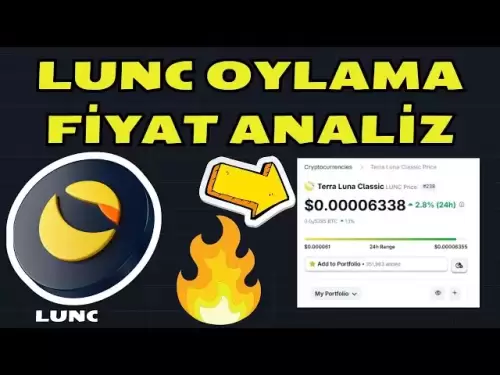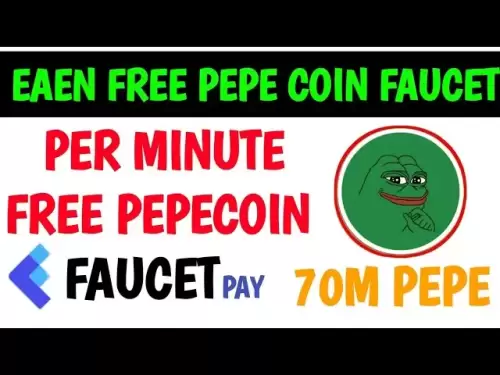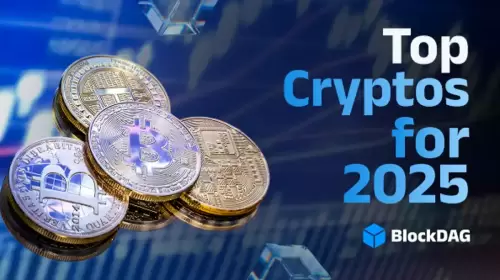 |
|
 |
|
 |
|
 |
|
 |
|
 |
|
 |
|
 |
|
 |
|
 |
|
 |
|
 |
|
 |
|
 |
|
 |
|
低エネルギー中性子の梁でアンティークコインを画像化することにより、米国国立標準技術研究所(NIST)が率いる研究チームは、世紀前のコインを偽物と区別する方法を実証しました。

A research team has devised a way to use beams of low-energy neutrons to distinguish antique coins from fakes.
研究チームは、低エネルギー中性子のビームを使用して、アンティークコインを偽物と区別する方法を考案しました。
The US–Korean researchers say that the technique could help to authenticate artefacts and provide information about their corrosion state.
米国と韓国の研究者は、この手法はアーティファクトを認証し、腐食状態に関する情報を提供するのに役立つと述べています。
Antique coins are valuable not only economically but also scientifically, as they can be used to chronicle the economic, political and scientific developments of nations.
アンティークコインは、経済的にだけでなく、科学的にも価値があります。これは、国家の経済的、政治的、科学的発展を記録するために使用できるためです。
However, scientists must be able to verify that the coins are authentic.
ただし、科学者はコインが本物であることを確認できる必要があります。
To this end, the team used neutrons to examine two Korean coins — one minted in the 1800s, the other a replica.
この目的のために、チームは中性子を使用して2つの韓国の硬貨を調べました。1つは1800年代に造られ、もう1つはレプリカです。
Neutrons penetrate heavy metals, such as copper, iron and lead, and interact strongly with hydrogen-bearing compounds that form as a by-product of corrosion. This makes them ideal for probing metallic artefacts.
中性子は、銅、鉄、鉛などの重金属に浸透し、腐食の副産物として形成される水素を含む化合物と強く相互作用します。これにより、金属製のアーティファクトの調査に最適です。
The location and pattern of corrosion within the two coins, both composed of copper alloys, provide hallmarks for verifying their age.
どちらも銅合金で構成される2つのコイン内の腐食の位置とパターンは、年齢を検証するための特徴を提供します。
The team employed two complementary imaging techniques. One of the methods, known as neutron tomography, uses a beam of neutrons to take a series of two-dimensional images of an object from different perspectives as the object rotates; these two-dimensional snapshots are then combined to reveal the three-dimensional structure of the coins. The other method, known as neutron grating interferometry, records neutrons scattered at small angles and homes in on microstructures, such as pitting and pores within the coins, that are signs of corrosion.
チームは、2つの補完的なイメージング技術を採用しました。中性子断層撮影として知られる方法の1つは、中性子のビームを使用して、オブジェクトが回転するときに異なる視点からオブジェクトの一連の2次元画像を撮影します。次に、これらの2次元スナップショットを組み合わせて、コインの3次元構造を明らかにします。中性子格子干渉測定として知られるもう1つの方法は、腐食の兆候であるコイン内の穴や毛穴などの微細構造に小さな角度と家庭に散在する中性子を記録します。
Neutron tomography revealed that in the authentic coin, corrosion had penetrated deep within the body, indicating that the degradation was a gradual process that occurred over many decades. In contrast, corrosion in the recently minted replica was mainly confined to the surface, consistent with rapid corrosion over a short time period.
中性子断層撮影では、本物のコインでは、腐食が体の奥深くに浸透しており、劣化が何十年にもわたって発生した漸進的なプロセスであることを示しています。対照的に、最近造られたレプリカの腐食は主に表面に限定されており、短期間の急速な腐食と一致していました。
The team also used neutron grating interferometry to examine the size of pores within the coins, which provided another method to distinguish between the historic coin and the fake. Pores are created when coins buried in soil or exposed to moisture chemically interact with their environment. The interaction causes metallic compounds to leach out of the coins, leaving behind millimetre-sized holes.
チームはまた、中性子格子干渉干渉法を使用してコイン内の細孔のサイズを調べ、歴史的なコインと偽物を区別する別の方法を提供しました。毛穴は、土壌に埋葬されたコインまたは水分にさらされたコインが化学的に環境と相互作用するときに作成されます。相互作用により、金属化合物がコインから浸出し、ミリメートルサイズの穴を残します。
As time goes on, however, compounds in the environment begin to penetrate the coins. These compounds, which includes corrosion by-products such as copper carbonates, sulfates and chlorides, pack together and fill the pores, diminishing their size. Indeed, the imaging revealed that the historic coin, which was exposed to its environment for a much longer period of time, had much smaller pores — only micrometres to nanometres in size — compared to the millimetre-sized pores in the replica.
しかし、時間が経つにつれて、環境内の化合物はコインに浸透し始めます。これらの化合物は、炭酸塩炭素、硫酸塩、塩化物などの腐食副産物を含み、詰め物を詰めて毛穴を満たし、サイズを減らします。実際、イメージングは、環境にずっと長期間環境にさらされていた歴史的なコインが、レプリカのミリメートルサイズの毛穴と比較して、はるかに小さな毛穴(サイズのナノメートルからマイクロメートルのみ)を持っていることを明らかにしました。
With their initial study now published in the journal Science Advances, the scientists plan to continue their work with a larger supply of Korean coins; it could also be applied to a broader range of metallic artefacts from a diversity of cultures. Neutron-imaging methods can also assist conservation efforts by determining the amount and locations of corrosion in authentic coins, suggesting areas that would benefit from a protective coating.
ジャーナルScience Advancesに現在公開された最初の研究により、科学者は韓国のコインのより多くの供給で仕事を続けることを計画しています。また、多様な文化からの幅広いメタリックアーティファクトにも適用できます。中性子イメージング方法は、本物のコインの腐食の量と位置を決定することにより、保全の取り組みを支援し、保護コーティングの恩恵を受ける領域を示唆しています。
免責事項:info@kdj.com
提供される情報は取引に関するアドバイスではありません。 kdj.com は、この記事で提供される情報に基づいて行われた投資に対して一切の責任を負いません。暗号通貨は変動性が高いため、十分な調査を行った上で慎重に投資することを強くお勧めします。
このウェブサイトで使用されているコンテンツが著作権を侵害していると思われる場合は、直ちに当社 (info@kdj.com) までご連絡ください。速やかに削除させていただきます。






























































